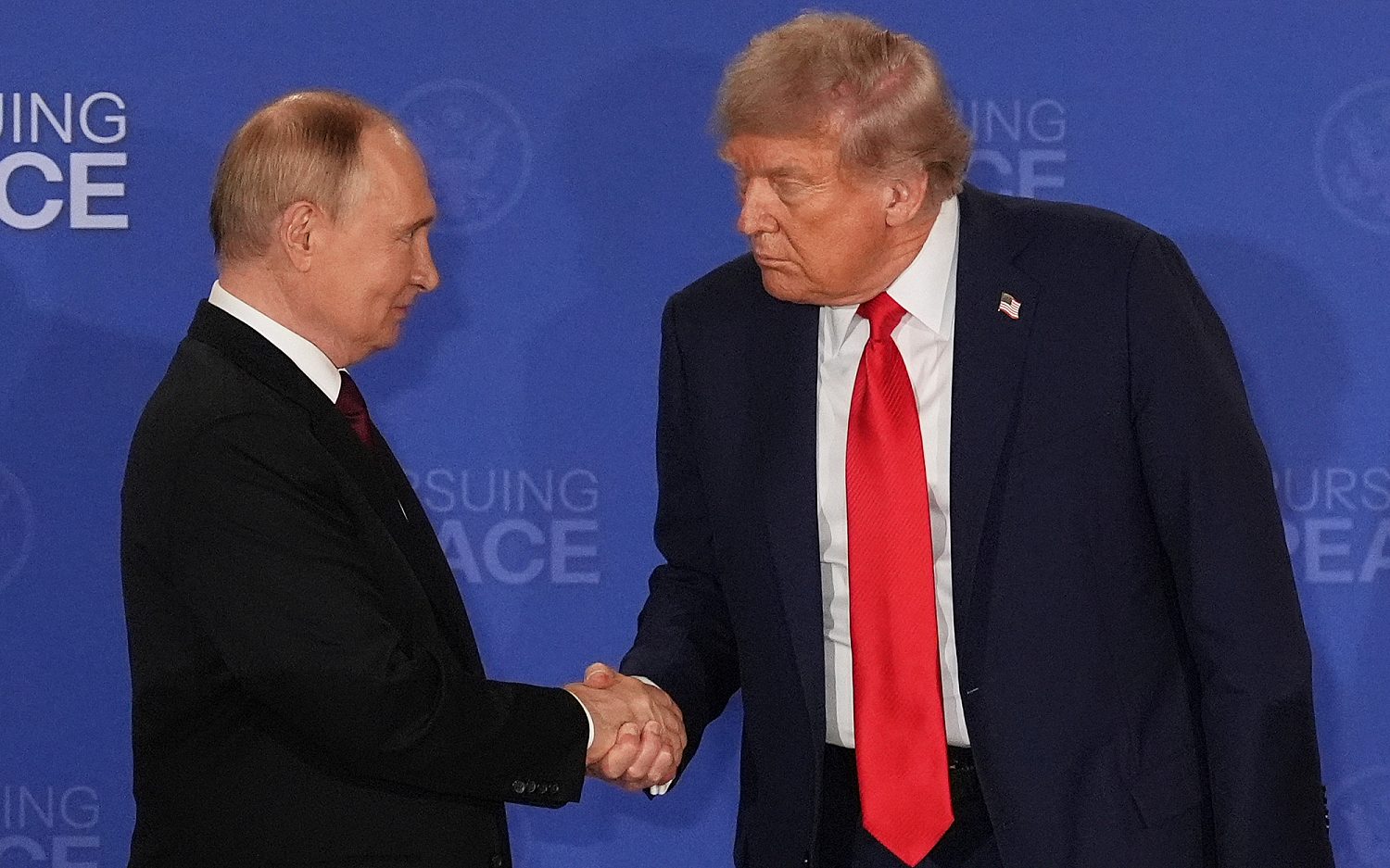Virtual games, real empathy
Can video games help create cultural understanding and inspire evangelism?
Most video games are made by Western Developers for Western audiences. They tend to treat non-Western cultures, religions, and people as curiosities at best and dangers to American ideals at worst.
While video games are notorious for playing fast and loose with other cultures, a new group of developers is refusing to exploit them as props or machine gun fodder. These developers not only make a conscious effort to understand and honor the people represented in games but challenge players to do the same.
This year’s Penny Arcade Expo (PAX), the nation’s largest video game convention for fans, demonstrated the best and worst video games have to offer in terms of understanding people groups outside our cultural context. Above the booth for Far Cry 4 hung a giant poster of a white man with blonde hair sitting atop a beheaded Hindu statue with an assault rifle and a rocket launcher.
In the Far Cry series, the player’s primary interaction with people of other cultures is not to understand them but to exploit and subdue them. But the cultural insensitivity in Far Cry 4 is tame compared to its predecessor. Far Cry 3 puts players in the shoes of Jason Brody, an American vacationing on an island in Southeast Asia when he and his friends are kidnapped. Brody escapes and finds himself embroiled in a war to overthrow the pirates that have turned the island into a hotbed of drugs and human trafficking. As the game progresses, the island’s indigenous people adopt Brody as their savior and he goes on to colonize the island.
The Far Cry series is not the only culturally exploitative game on the market. Video games tend to “exoiticize” or demonize people of other cultures, said Kevin Schut, who wrote Of Games and God. For instance, most Indian characters in games are mysterious religious gurus and Arabic characters are typically terrorists.
“These stereotypes reinforce misguided beliefs that we have about those who are different than us,” Schut said.
But another game shown at PAX tells a different story. Never Alone features the Inupiaq people, a Native Alaskan tribe. Andrew Stein of E-Line Media, the organization producing the game, told me his team hoped Never Alone would be a means to share and celebrate extended world culture and inspire youth to take an interest in other countries and traditions.
The game began as an initiative of the Cook Inlet Tribal Council, a nonprofit group serving the Inupiaq and other Native Alaskan tribal groups. The council was looking for a creative way to counteract startling negative trends among Inupiaq youth. The current graduation rate of the tribe’s teens is less than 50 percent.
“We spent many, many hours with folks from the community—elders, storytellers, artists, youth—really asking questions, trying to understand their perspectives, their history, their values,” said Sean Vesce, Never Alone’s lead developer. Never Alone's success required it to be a great game and accurately depict and honor Inupiaq culture, Vesce said.
Another culturally sensitive game, This is My War, puts players in control of civilians trying to survive, rather than soldiers attempting to conquer. This unique war game was inspired by One Year in Hell, an anonymous memoir written by someone who lived through a siege in Bosnia during the 1990s. Real Lives 2010, an educational game, seeks to bridge the cultural gap between us and those we deem “other.”
In these games, people of non-Western cultures are not treated as curious or dangerous but as human beings with hopes and fears and dreams—people made in God’s image. An upcoming game called Thralled, about an African woman who escapes from slavery with her baby after being kidnapped and taken to Brazil in the 1700s offers the latest, and perhaps the most profound, example of virtual empathy.
Miguel Oliveira, Thralled’s creative director, chose Brazil because he and his team wanted to reflect on the human consequences of the transatlantic slave trade. The developers did extensive research on 18th century Brazil and the customs, tradition, and culture of the people of the Kongo, where Isaura, Thralled’s main character, is from.
“The world of Thralled is seen through Isaura’s eye, and every element depicted in it, everything that Isaura interacts with, means something to her,” Oliveira told me. “We can only depict such a world if we try to understand what kind of person she would be, what shaped her, what she has been through.”
Schut, who is starting a game design program at Trinity Western University, a Christian college, looks at such games and sees tremendous potential. They give voice to people society has silenced, he said, and challenge Christians to take an important first step in reaching the world for Christ: “Christ calls all Christians to be a witness to all people and it is very hard to be a witness to someone that you don’t allow in your mind to be a real person.”
An actual newsletter worth subscribing to instead of just a collection of links. —Adam
Sign up to receive The Sift email newsletter each weekday morning for the latest headlines from WORLD’s breaking news team.




Please wait while we load the latest comments...
Comments
Please register, subscribe, or log in to comment on this article.